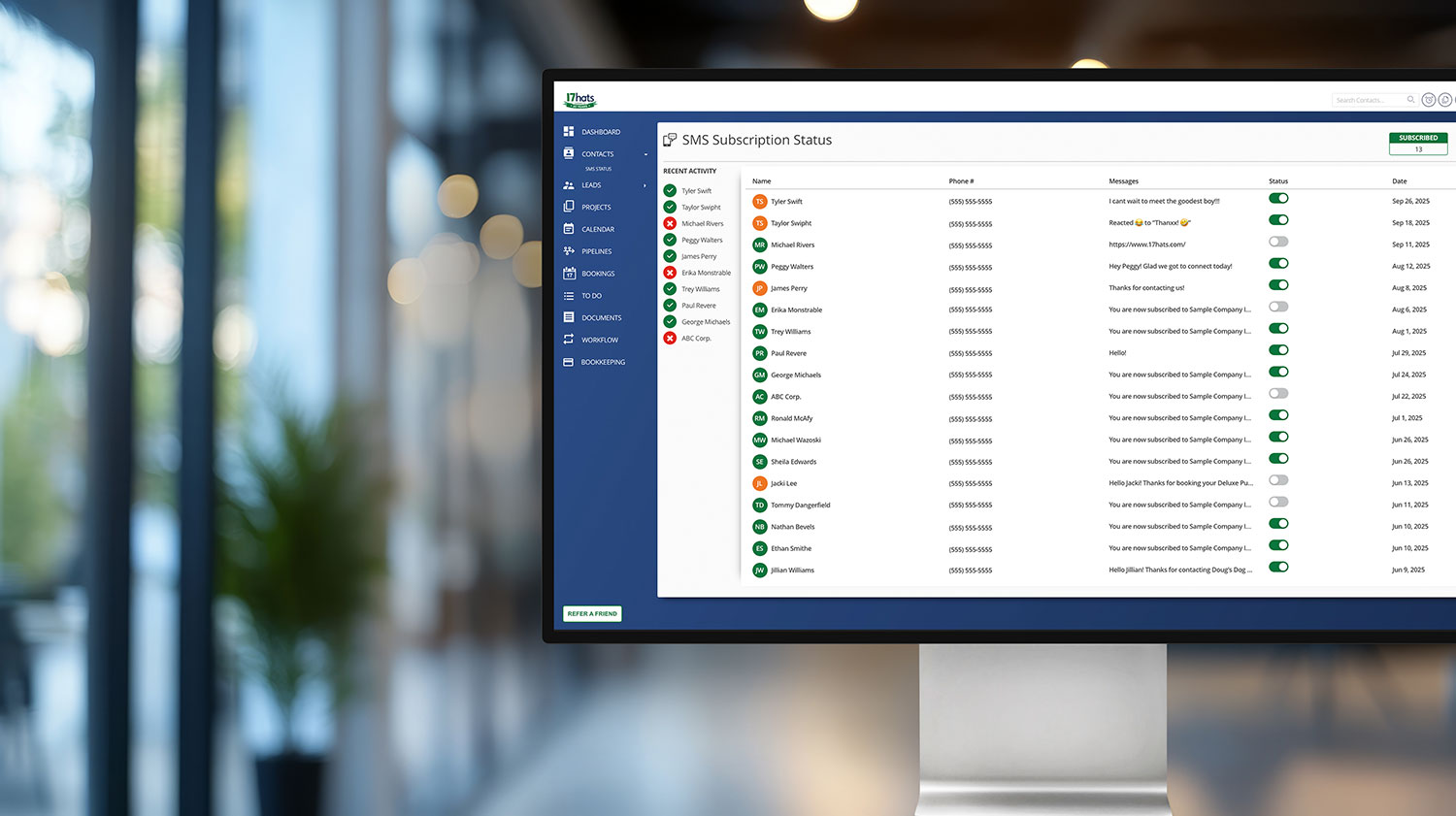
As a small business owner—especially a creative one—it’s easy to get caught up in the excitement of a new lead. You meet someone who seems like a dream client. Their project sounds interesting, they seem passionate, and you genuinely like them as a person. Before you know it, you’re bending over backward to make it work—even if that means lowering your prices, stretching your time too thin, or allowing them to take control of your process.
Sound familiar?
Many solo business owners have fallen into this trap. We take a discovery call before properly qualifying the lead. We get emotionally invested. We start justifying discounts or extra work, all because we want to work with them. But in reality, this love-at-first-call approach can be a huge drain on our businesses.
So how do we avoid this? Here are three strategies to help you find your dream clients without the headaches.
1. Qualify Before You Call
One of the biggest mistakes we make is hopping on a discovery call too soon. We hear a little excitement from a lead and immediately invest time into them without knowing if they’re actually a good fit. Instead, create a pre-qualification process:
- Have a short intake form that includes key questions about their budget, timeline, and project scope.
- Set a minimum project budget upfront (e.g., “I take on projects starting at $X”).
- Use email to gather preliminary details before committing to a call.
By filtering leads before a meeting, you avoid wasting time on people who were never serious or aligned with your pricing.
2. Detach Emotion from Pricing
Liking a potential client is great—but it’s not a reason to discount your work. Pricing should be strategic, not emotional. Afterall, we are running and hopefully growing a business! Instead of adjusting rates based on how much you like a client, create a set pricing structure that you stick to.
Here’s a mindset shift: The best clients respect your rates because they respect your expertise. If someone can’t afford you, it’s not your job to make it work. It’s okay to say, “I totally understand your budget limitations, but I’m not the right fit for this project.”
3. Control Your Process—Don’t Let Them
When we’re overly eager to work with a client, we sometimes let them dictate how we work. Maybe they ask for too many meetings, expect extra revisions, or resist using your established workflow. Before you know it, you’re bending and flexing so much that you’re not running your business—they are.
To prevent this:
- Set clear boundaries and expectations in your contract.
- Have a structured onboarding process that explains how you work.
- Push back early if a client tries to take control of your process.
The right clients will trust your expertise and respect your workflow. If they don’t, they aren’t the right clients. This sounds kind of harsh, but it’s the hardest lesson to learn when you work for yourself. As a solo business owner, you wear all the hats to keep your business moving forward, and that is why having repeatable processes is so important.
Final Thoughts
Not every lead is worth pursuing. As solo business owners, our time, pricing, and process need to be protected—not compromised for every interesting project that comes along. By qualifying leads before taking a call, standing firm on pricing, and maintaining control over how we work, we ensure that we’re building a sustainable, profitable business.
Have you ever “fallen in love” with a lead and regretted it? Let’s talk in the comments—I’d love to hear your experiences!











